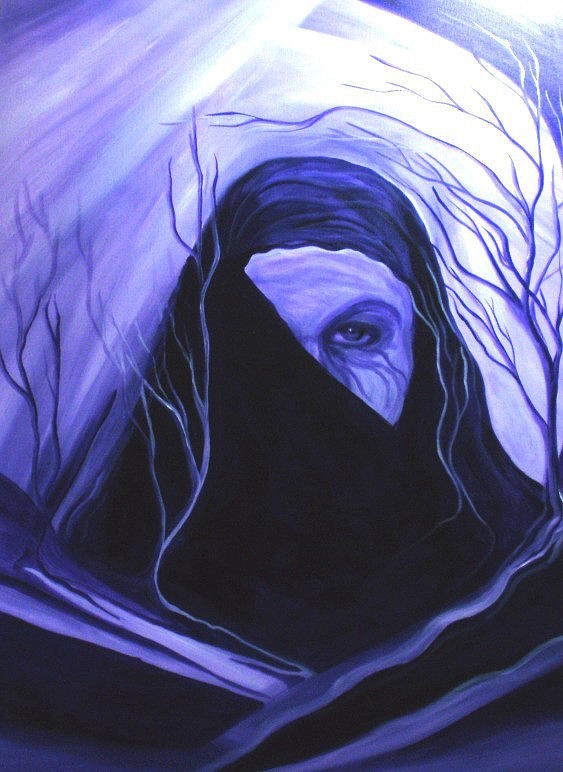

Here the great curve of the Amatole Range holds in its embrace a valley of grace and beauty, equaled in few other places and excelled in none in South Africa.Īcross the valley was the strange mountain the Xhosa called “Bhukazana”, with its three peaks of serrated ridges and, between these and the Juanasberg, the Hogsback, but which the Xhosa called “Belekazana”, from its fancied resemblance, when seen from the Mnyameni valley, to a woman with a child on her back.” AJT Cook wrote a tourist brochure and poignantly expressed what all who have been to Hogsback feel: The Xhosa people of the Tyumie valley called it Bhukazana as described by Basil Holt: “The glories of the Tyhumie region in scenery and story could be described adequately only in a book of poetry. The mystery of the name forms part of the romance of this beautiful place of mist-wreathed forests and fantasy. The name is a term for a geographical feature, although some think it was named after Captain Hogg, commander of Fort Michel near TorDoone or even after the hog’s (pig’s) shape of the three peaks. The name Hogs Back was referred to by Thomas Baines, the famous painter, on his travels in the interior in 1848.

The village of Hogsback spreads across the crown of the plateau with the mountain peaks high above and the Tyumie river, with its many waterfalls from the Amatola (uMathule) mountains, flowing through the deep, indigenous forests. The Village takes its name from the Three Hogsback Mountains

He is said to have planted many apple orchards, hazelnut avenues, berry fruit trees and many colourful flowering plants that have spread throughout the area. Among the earlier settlers was Thomas Summerton, who was a gardener by trade.

Hogsback initially provided home to the earlier English farming settlers after the frontier wars.


 0 kommentar(er)
0 kommentar(er)
